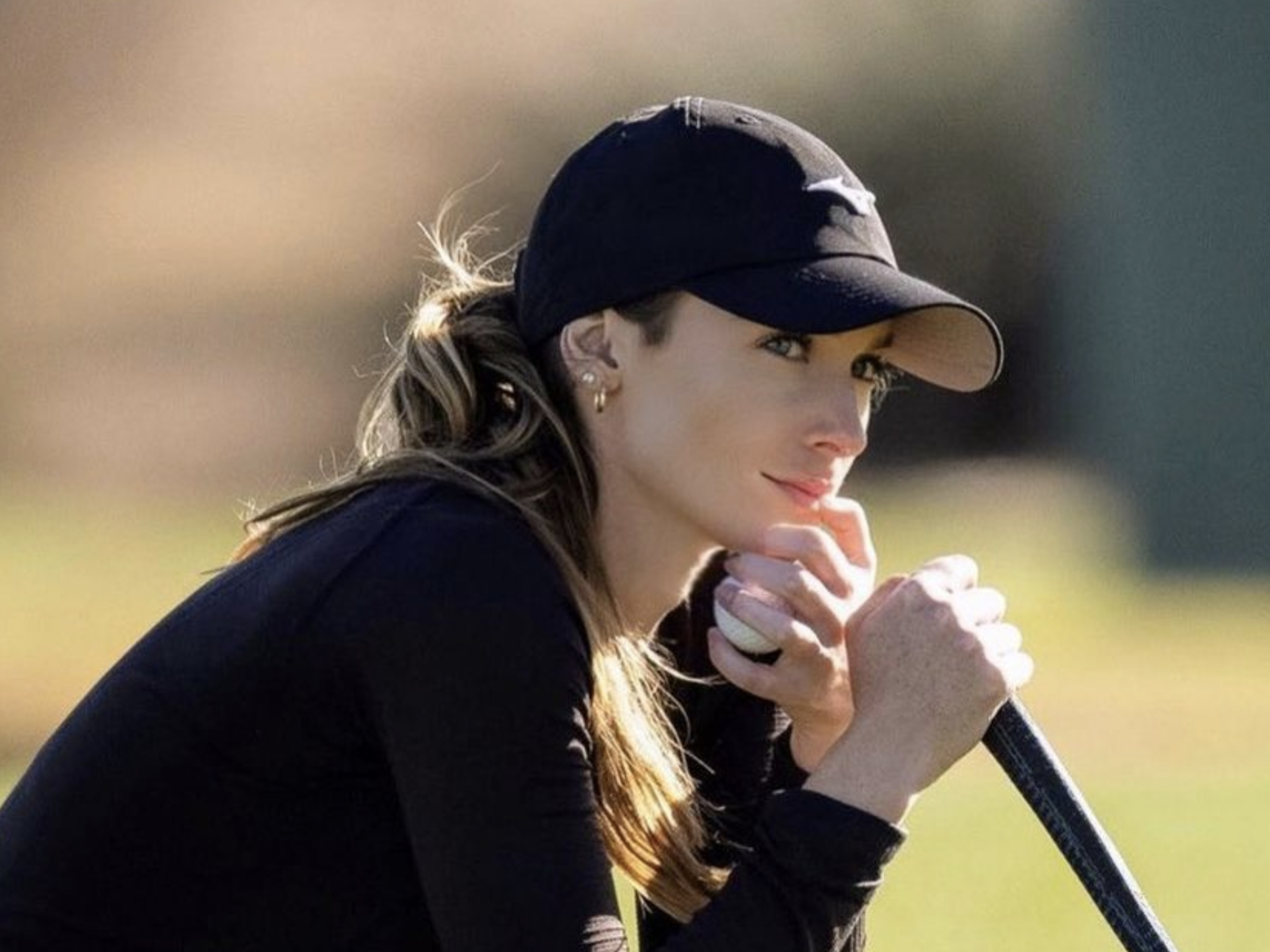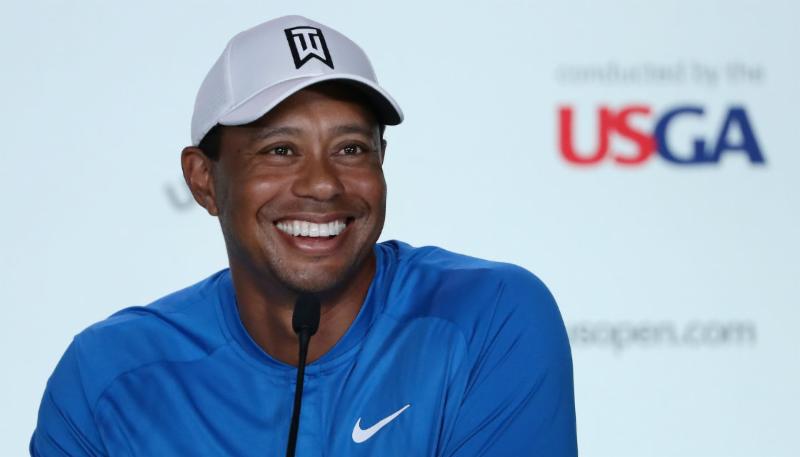19th Hole
GolfWRX Morning 9: Tiger talks | USGA: We’re not rollback zealots | Backstopping

Good morning, GolfWRX members. As most of you are signed up for our newsletters, you likely already know that I’ve been sending this little Morning 9 roundup of nine items of note to start your day.
In case you’ve missed it, or you prefer to read on site rather than in your email, we’re including it here. Check out today’s Morning 9 below. Feedback is always welcome–send everything from news tips to complaints (hopefully more tips than complaints)!
If you’re not signed up for our newsletters, you can subscribe here.
|
|
By Ben Alberstadt ([email protected])
June 13, 2018 Good Wednesday morning, golf fans.
|
|
|
1. Tiger talks
The 14-time major champion had his pre-U.S. Open press conference yesterday. Here are a few interesting morsels as Woods prepares for his first USO appearance since 2015.
Bonus take on Sag Harbor, where Woods’ yacht is docked: “Sag Harbor is a cute little town. I’ve only been there for a few days now…I haven’t really got a chance to walk about a little bit, but certainly will this week.”
2. Davis: Roll back your rollback talk!
“The notion that we’re going to be rolling the ball back next year is simply not the case,” USGA CEO, Mike Davis stated yesterday.
Per Mike Stachura, the USGA is going to sit back and let the data flow in from its Distance Insights project. However, it doesn’t sound like the idea of bifurcation is gaining any traction in Far Hills.
3. Dustin Johnson doesn’t hit the ball too far (says Dustin Johnson)
Not sure where this fits in the distance debate exactly, but I’ll present this real thing Dustin Johnson actually said yesterday without comment.
4. Backstopping debate not stopping
Fueled by Jimmy Walker’s statement-of-the-obvious tweets the other day, the backstopping debate continues.
A couple of gems from Michael Bamberger’s piece for Golf.com…
|
|
|
5. What (quasi-)science tells us about the best majors
Luke-Kerr Dineen returns to Golf Digest with his Venn diagrams handy to break down the ingredients of the best majors in recent memory.
Here’s an explanation of his “best majors” chart, pictured above.
6. The subtle ingredients in the recipes for the best golf clubs
Obviously, Shinnecock is a great American golf club–arguably the finest U.S. Open venue.
Guy Yocom discusses the phenomenon of the best old-line clubs in the country, offering a few tell-tale similarities between the finest.
7. Fried Egg and Shinny
Andy Johnson of the Fried Egg breaks down Shinnecock as only he can.
8. Houston Open stays open
The PGA Tour and Astros owner & chairman, Jim Crane, officially announced a five-year partnership.
Per the PGA Tour:
9. Shinnecock and a pioneer of the game
Adam Crawford looks at the life of John Shippen, Jr., the first black man to compete in the U.S. Open.
|
- LIKE9
- LEGIT0
- WOW0
- LOL0
- IDHT0
- FLOP0
- OB0
- SHANK0
19th Hole
LET pro gives detailed financial breakdown of first week on tour…and the net result may shock you

On Friday morning, Ladies European Tour player, Hannah Gregg, took to social media to share her weekly expenses playing on the LET.
Expenses of my first week on Ladies European Tour:
Flights: $2600
Work Visa: $350
Food: $377
Caddie: $0 because I have an amazing Fiancé
Hotel: $0 because @GregChalmersPGA sorted me host housing for the week! ?
Rental Car: +0 because the Tour Tee guys GAVE me their car ??…— Hannah Gregg (@hannahbggg) April 26, 2024
“Expenses of my first week on Ladies European Tour: Flights: $2600 Work Visa: $350
- Food: $377
- Caddie: $0 because I have an amazing Fiancé
- Hotel: $0 because @GregChalmersPGA sorted me host housing for the week!
- Rental Car: +0 because the Tour Tee guys GAVE me their car
- Gas: $165
- Entry Fee: $130
- Lounge Pass for caddie: $50
- Gym: $0
- Yardage book: $0
- Total expenses: $3672
Made cut, finished 54th, total earned: $1244 Factor in 35% tax on earnings. To break even, needed to finish 24th. To make money, 21st. Guess we have our goals laid out for next event!”
When factoring in Gregg’s free housing, free caddie and free rental car, it’s evident that most LET players would have to finish well inside of the top-20 to make any money.
With ridiculous amounts of money being thrown around in professional golf these days, it’s important to remember the other side of the coin as well. There are countless professionals out there who struggle to get by on their golf salary.
More from the 19th Hole
- The wild reason why Mark Wahlberg was initially denied entry to an Australian golf club
- 2-time major champ announces shock retirement from the sport at age of 33
- Edoardo Molinari reveals the latest PGA Tour golfer to turn down ‘good offer’ from LIV Golf
New here?
- LIKE2
- LEGIT2
- WOW4
- LOL1
- IDHT1
- FLOP0
- OB0
- SHANK0
19th Hole
54-hole golf tour deemed eligible for OWGR points…but it’s not LIV

After a seventeen-month application process, a 54-hole golf tour was deemed eligible for OWGR points.
Unfortunately, for LIV Golf and their fans, it was the Clutch Pro Tour.
After the decision, which is effective immediately, OWGR chairman Peter Dawson issued a statement.
“This is a significant milestone for golf, and OWGR is deeply encouraged by the achievement and the continued efforts in developing the sport of golf in the United Kingdom.”
“We look forward to watching the progress of the Clutch Pro Tour as it continues to play a key role in the development of players from the region,” Dawson added.
OWGR Announcement
Read more here – https://t.co/7J4bFpawqv#OWGR#OfficialWorldGolfRanking pic.twitter.com/ZfBJWCFAm8— OWGR (@OWGRltd) April 25, 2024
The Clutch Pro Tour operates in the United Kingdom and features a 36-hole cut. It also has an open qualifying school.
More from the 19th Hole
- The wild reason why Mark Wahlberg was initially denied entry to an Australian golf club
- 2-time major champ announces shock retirement from the sport at age of 33
- Edoardo Molinari reveals the latest PGA Tour golfer to turn down ‘good offer’ from LIV Golf
New here?
- LIKE4
- LEGIT1
- WOW1
- LOL2
- IDHT0
- FLOP0
- OB2
- SHANK5
19th Hole
Charlie Woods attempting to qualify for spot at 2024 U.S. Open

As first reported by Bob Harig of Sports Illustrated, Charlie Woods will be attempting to qualify for this year’s U.S. Open at Pinehurst No. 2.
The first stage of qualifying for this year’s tournament will be an 18-hole local event on Thursday, April 25th, in Port St. Lucie, Florida.
There will be 84 players in the field, five of which will reach the 36-hole qualifier that will take place in June.
Earlier this season, Charlie attempted to qualify for the Cognizant Classic, and struggled, shooting an 86.
If the younger Woods is able to qualify, he will tee it up in the same field as his father in a few months at one of the more historic U.S. Open venues.
More from the 19th Hole
- The wild reason why Mark Wahlberg was initially denied entry to an Australian golf club
- 2-time major champ announces shock retirement from the sport at age of 33
- Edoardo Molinari reveals the latest PGA Tour golfer to turn down ‘good offer’ from LIV Golf
New here?
- LIKE3
- LEGIT0
- WOW0
- LOL3
- IDHT0
- FLOP2
- OB1
- SHANK6
-

 19th Hole2 weeks ago
19th Hole2 weeks agoDave Portnoy places monstrous outright bet for the 2024 Masters
-

 19th Hole4 days ago
19th Hole4 days agoJustin Thomas on the equipment choice of Scottie Scheffler that he thinks is ‘weird’
-

 19th Hole2 weeks ago
19th Hole2 weeks agoTiger Woods arrives at 2024 Masters equipped with a putter that may surprise you
-

 19th Hole4 days ago
19th Hole4 days ago‘Absolutely crazy’ – Major champ lays into Patrick Cantlay over his decision on final hole of RBC Heritage
-

 19th Hole2 weeks ago
19th Hole2 weeks agoTwo star names reportedly blanked Jon Rahm all week at the Masters
-

 19th Hole1 week ago
19th Hole1 week agoReport: LIV Golf identifies latest star name they hope to sign to breakaway tour
-

 19th Hole2 weeks ago
19th Hole2 weeks agoNeal Shipley presser ends in awkward fashion after reporter claims Tiger handed him note on 8th fairway
-

 19th Hole1 week ago
19th Hole1 week agoBrandel Chamblee has ‘no doubt’ who started the McIlroy/LIV rumor and why


















